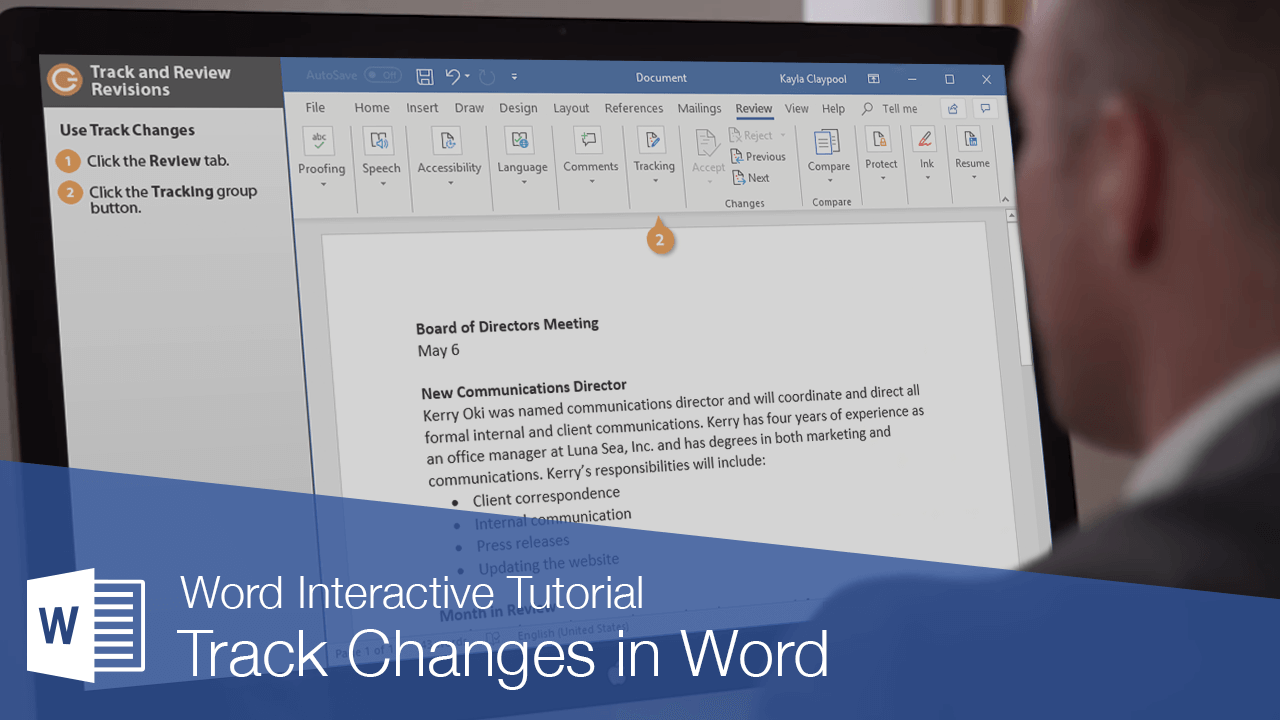
- #Track changes anonymously in word for mac how to
- #Track changes anonymously in word for mac install
Now open the ES File Explorer and then enable the option “Show Hidden Files” from the settings panel.
#Track changes anonymously in word for mac install
Then download and install ES file explorer on your Android smartphone. First of all, you need to root your Android device.

#Track changes anonymously in word for mac how to
Let’s check out how to change Mac Address using ES File Explorer 2019. This method works on non-rooted Android smartphones also. However, you can download the file explorer from third-party sources to change the MAC address of your Android. Well, ES File Explorer is removed from the Google Play Store for several reasons. You can check your new MAC Address by just typing ” busy box link show eth0 ” in Terminal.

That’s it! You are done you have successfully changed your Android MAC address. It would be best if you replaced XX:XX:XX:XX:XX: XX with your new MAC address you can write any alternative MAC address that you want to assign to your device. Now type “ busybox ifconfig eth0 hw ether XX:XX:XX:XX:XX: XX ” (without quotation marks) It will ask you for superuser access to grant it if you want to see your current MAC address, type “busy box iplink show eth0″ and press enter. Now open the terminal and type su, and press enter. Now after installing Busybox, install the Terminal in your Android. Now in your Android, download and install the app BusyBox. First of all, you need to root your Android device if you have not rooted your Android yet, you can head to the complete rooting process here. If you have a rooted device, follow some of the simple steps given below. doc format again.This method requires a rooted Android smartphone to work as you need to run BusyBox and Terminal on an Android smartphone. It should look like a normal Word document once again, but the reviewer(s) names should now be changed. Look for and change the names of other reviewers in the revision table.Be sure to leave the curly brackets and semicolon in place. The name can be replaced with text such as "Copyeditor," "Anonymous," or simply a space " ". Replace the name (Jane Doe) with some other text, but leave everything else intact.It should have entries that look something like this: This marks the beginning of revision table information stored in the file. Search for the characters "revtbl" (without the quote marks).Open the RTF file as text only, preferably using a program such as Notepad.This method will work with any version of Word. There is a more selective, but involved, method that can be used to just remove the referee's information. (Things like author information that is stored in the document's Properties area is removed.) The next time you save the document, Word replaces the referee's names with the word "Author." There is other identifying information that is removed, as well, so you should only use this method if you don't mind that information also being removed. Select the Remove Personal Information From This File On Save check box.Make sure the Security tab is displayed.If the article is open in a copy of Word 2002 or Word 2003, you can follow these steps to get rid of identifying information in comments and changes: The dialog box will put the original name back in an empty name box and a letter in the initial box. Note that merely deleting the user name and initials in the dialog box will not work you must use a space or a new word/name. Just display the User Information tab of the Options dialog box (Tools | Options), and then replace the user's name with a space or some nondescript wording, such as "Referee 1." Any changes from that point on will then bear that name, and anonymity will be preserved. It is possible, of course, to tell the referees to make a change or two to Word prior to making any changes in an article being reviewed. If the original article author got the article back, all that would be necessary would be to hover the mouse pointer over a change or comment, and the name of the referee would be visible. The problem is that Word, as part of the Track Changes feature, also tracks the name of the person who made a particular change.


As reviewers (called referees) are reviewing articles, they keep Track Changes turned on so that modifications and comments stand out in the document. John publishes a journal whose articles are peer-reviewed, and the reviewers are supposed to remain anonymous from the person who originally wrote the article.


 0 kommentar(er)
0 kommentar(er)
